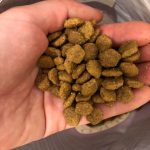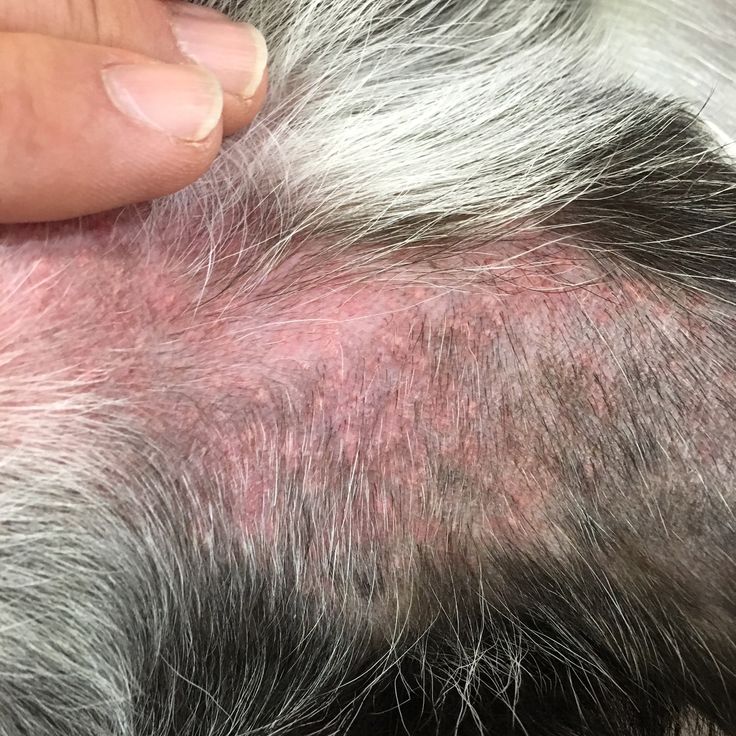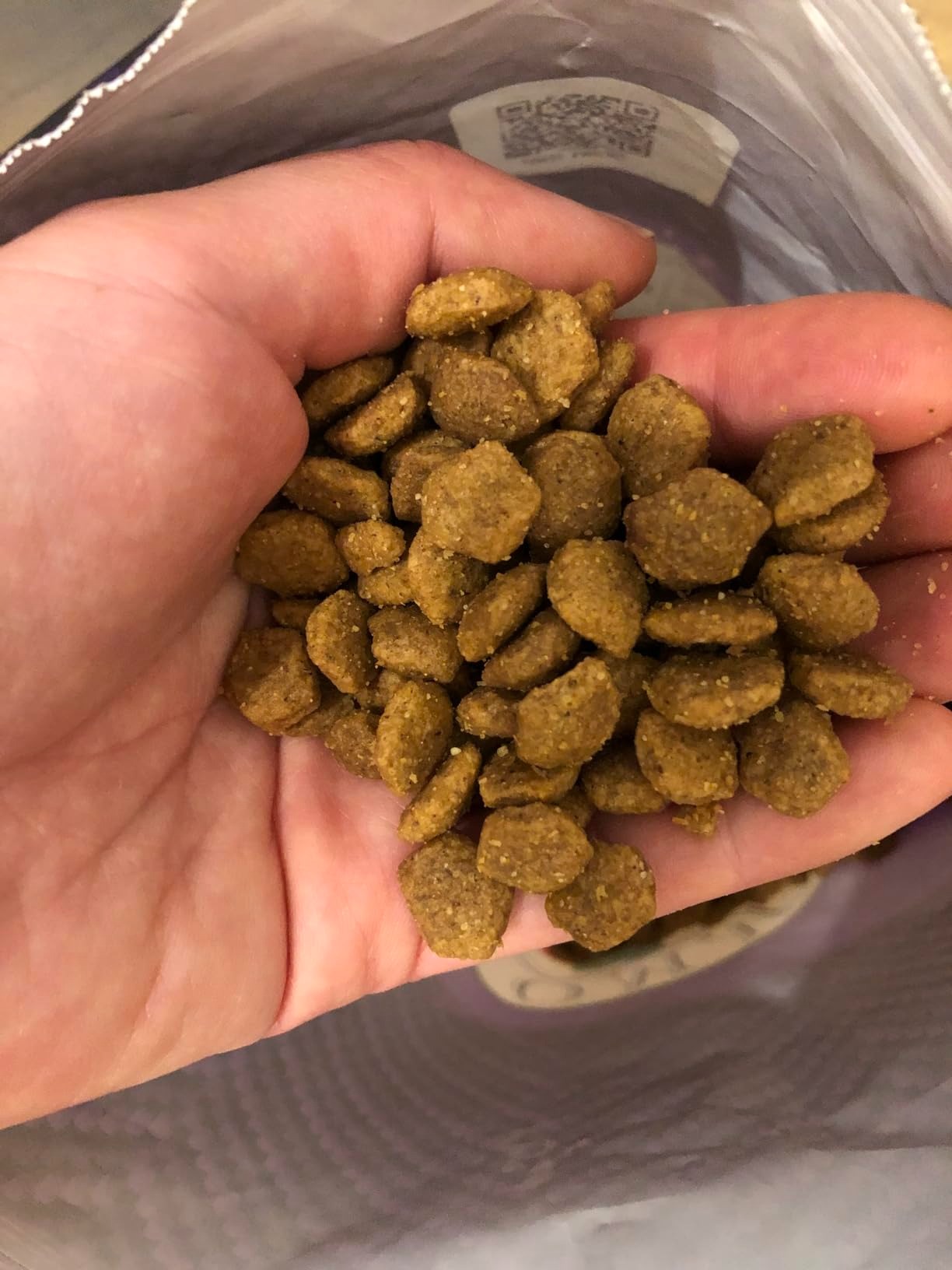Introduction: The Concern of Dog Skin Turning Black Itching
As a responsible pet owner, noticing changes in your dog’s skin can be alarming. One common issue you may encounter is dog skin turning black itching, which can indicate a variety of underlying health problems. This condition often manifests as a change in skin pigmentation and is typically accompanied by discomfort, such as persistent itching or scratching. Understanding the reasons behind this troubling symptom is essential for maintaining your dog’s overall health and well-being. In this article, we will explore the causes of blackened, itchy skin in dogs, the symptoms to look for, and how to navigate treatment options effectively.

Symptoms to Watch For
Changes in Skin Color
- Darkening of Skin: The most noticeable symptom is the change in pigmentation. A healthy dog’s skin is usually a soft pink or tan color, but certain conditions can cause it to darken.
- Texture Alterations: Along with color changes, the texture might also shift. Skin may appear rough, scaly, or greasy, leading to further irritation.
Itching and Scratching
- Excessive Itching: Dogs suffering from this condition often exhibit signs of irritation. They may scratch, bite, or lick at the affected areas. Constant scratching can lead to secondary issues, including infections and hair loss.
- Behavioral Changes: You might notice changes in your dog’s behavior as well. Increased irritability, restlessness, or seeking out specific areas of their body can signal discomfort.
Other Accompanying Symptoms
- Redness and Swelling: Inflamed skin can indicate an allergic reaction or infection. If the area is red and swollen, it’s crucial to address the issue quickly.
- Odor and Drainage: Sometimes, affected areas may emit a foul odor or produce discharge. These signs can point to a more serious infection that requires immediate veterinary attention.
Common Causes of Dog Skin Turning Black and Itching
1. Allergies
- Food Allergies: Dogs can develop allergic reactions to certain food ingredients, leading to skin issues. Common allergens include beef, chicken, dairy, and wheat. If your dog has a food allergy, you may notice simultaneous symptoms like gastrointestinal upset alongside skin problems.
- Environmental Allergies: Seasonal environmental factors, including pollen, mold, and dust mites, can also trigger allergic responses in dogs. Dogs often react to these allergens by developing itchy, inflamed skin, especially in areas such as the belly, ears, and feet.
2. Parasites
- Fleas as Culprits: Fleas are a leading cause of skin issues among dogs. Flea bites can trigger flea allergy dermatitis, which manifests as intense itching and skin inflammation. If your dog’s skin is turning black from excessive scratching, fleas might be the primary cause.
- Other Parasites: Mites and ticks can also lead to severe skin irritation, and certain mites can cause conditions like mange. Regular preventative treatment for fleas and ticks is essential for maintaining your dog’s skin health.
3. Infections
- Bacterial Infections: Bacteria can invade the skin, especially if there are underlying issues that compromise the skin barrier. Conditions such as pyoderma can result in darkening skin and considerable discomfort.
- Yeast Infections: Yeast infections are highly common in dogs, often found in warm, moist areas of the body such as armpits or between toes. Yeast thrives in these environments and can lead to significant itching, along with a characteristic odor and discoloration of the skin.
4. Hormonal Imbalances
- Endocrine Disorders: Conditions like hypothyroidism or Cushing’s disease can lead to changes in your dog’s skin and coat. Hormonal imbalances often contribute to thinning fur, increased oiliness, and dark patches on the skin.
- Age-Related Changes: As dogs age, their skin undergoes natural changes, such as reduced elasticity and increased fragility. These age-related changes can sometimes result in discoloration and irritation.
Diagnosing the Issue: When to Seek Veterinary Help
Recognizing Red Flags
- Persistent Symptoms: If your dog exhibits ongoing symptoms of itching, redness, or changes in skin pigmentation, it’s essential to consult a veterinarian. Prompt attention can prevent conditions from worsening.
- Multiple Symptoms: A combination of hair loss, an unpleasant odor, and behavioral changes can indicate a more serious condition, suggesting the need for veterinary assessment.
The Veterinary Examination Process
Physical Examination
- Initial Assessment: During the physical examination, your veterinarian will begin by observing your dog’s overall behavior and demeanor. This initial assessment helps identify any signs of discomfort or distress that might not be visible through physical checks.
- Skin Inspection: The veterinarian will closely examine the affected areas of your dog’s skin. They will look for changes in color, texture, and temperature. Signs like redness, swelling, or crusting can provide valuable information about the underlying condition.
- Palpation: Your vet will gently feel the areas around the skin problem to assess any accompanying swelling, heat, or sensitivity. This hands-on technique allows them to identify potential hotspots of irritation or inflammation.
- Check for External Parasites: Your vet will inspect your dog for fleas, ticks, or mites. They may use a flea comb or magnifying glass to identify small insects. The presence of parasites can significantly contribute to itching and skin problems.
- Examine Other Symptoms: In addition to focusing on the specific area of concern, the veterinarian will also evaluate other parts of the dog’s body. This holistic approach helps identify if the issue is localized or part of a systemic problem.
- Documentation: Throughout the examination, your veterinarian will document their findings. Notes about the appearance of the skin, behavior of your dog, and the presence of any lesions or discoloration will assist in formulating a diagnosis and treatment plan.
Diagnostic Testing
- Why Testing is Necessary: Depending on what the physical examination reveals, further testing may be required to accurately diagnose the problem. Many skin conditions share similar symptoms, and diagnostic tests help to clarify the exact issue.
- Skin Scrapings: One common diagnostic test is a skin scraping, where your vet will gently scrape the affected skin with a surgical blade to collect samples. This allows for the examination of skin cells under a microscope, which can help identify conditions like mange or fungal infections.
- Biopsy Procedure: If more extensive skin changes are present, a biopsy may be recommended. This involves taking a small sample of skin tissue for laboratory analysis. A biopsy can provide definitive information about conditions that might not be evident through other tests.
- Allergy Testing: If allergies are suspected, your vet might conduct allergy tests. These tests can be either blood tests to identify specific allergens or intradermal skin tests, where small amounts of allergens are introduced to the skin to observe reactions.
- Blood Work: Blood tests can help evaluate your dog’s overall health and identify underlying conditions contributing to skin issues. For example, tests for thyroid function or hormone levels can reveal endocrine disorders that may affect the skin.
- Diagnostic Imaging: In some cases, additional imaging tests like ultrasounds may be necessary to examine deeper structures beneath the skin. These tests provide a comprehensive understanding of any issues that may not be visible during the physical examination.
- Interpreting Results: Once diagnostic tests are completed, your veterinarian will analyze the findings and correlate them with the symptoms observed. This thorough approach is essential for developing a targeted treatment plan that addresses the underlying cause of your dog’s skin problems.
Treatment Options for Dog Skin Turning Black and Itching
1. Allergy Management
- Dietary Changes: If allergies are confirmed as the cause, a hypoallergenic diet may help alleviate symptoms. Transitioning to a limited ingredient diet can eliminate potential allergens and support skin health.
- Environmental Adjustments: Reducing exposure to common allergens within your dog’s environment can provide relief. Regular grooming, vacuuming, and using air purifiers can help mitigate the presence of allergens.
2. Parasite Control
- Flea and Tick Prevention: Regularly administering flea and tick preventatives is imperative for protecting your dog. Products should be chosen based on your vet’s recommendations for safety and effectiveness.
- Proper Grooming: Establishing a grooming routine helps to identify and address parasites early. Bathing your dog with appropriate shampoos can help maintain skin health while also detecting any irregularities.
3. Infection Treatment
- Topical Treatments: Your veterinarian may prescribe medicated shampoos or topical creams to address infections or relieve itching. These products can help manage inflammation while treating underlying issues.
- Oral Medications: In some cases, your vet may recommend oral antihistamines, corticosteroids, or antibiotics, depending on the diagnosis. Proper medication can control inflammation and fight infections effectively.
Preventive Care: Keeping Your Dog’s Skin Healthy
Regular Veterinary Check-ups
- Annual Visits: Routine veterinary visits are essential for monitoring your dog’s overall health. During these visits, your vet can assess skin condition and establish a preventative care plan.
- Vaccinations and Preventatives: Staying up-to-date on vaccinations and preventive medications is crucial for preventing illnesses that could affect your dog’s skin.
Comprehensive Grooming Practices
- Regular Cleaning: Establish a routine of regular bathing using dog-specific shampoos, which help remove dirt, oils, and allergens from your dog skin turning black itching.
- Nutrition Matters: A balanced diet rich in omega fatty acids supports skin health. Discuss with your vet the best dietary options for maintaining your dog’s healthy skin and coat.
Final Thoughts: Addressing Dog Skin Turning Black Itching
In conclusion, the issue of dog skin turning black itching can arise from various causes, ranging from allergies to infections. Understanding the underlying reasons can empower pet owners to take effective action.
Vigilance in observing symptoms, along with regular veterinary care, plays a critical role in your dog’s overall health and comfort. Should you notice any significant changes, seek professional guidance to ensure your dog’s well-being. With the right approach to care and prevention, you can help keep your furry friend healthy, happy, and free from skin issues. Taking these proactive steps will not only enhance their quality of life but will also reinforce the bond you share with your beloved pet!













